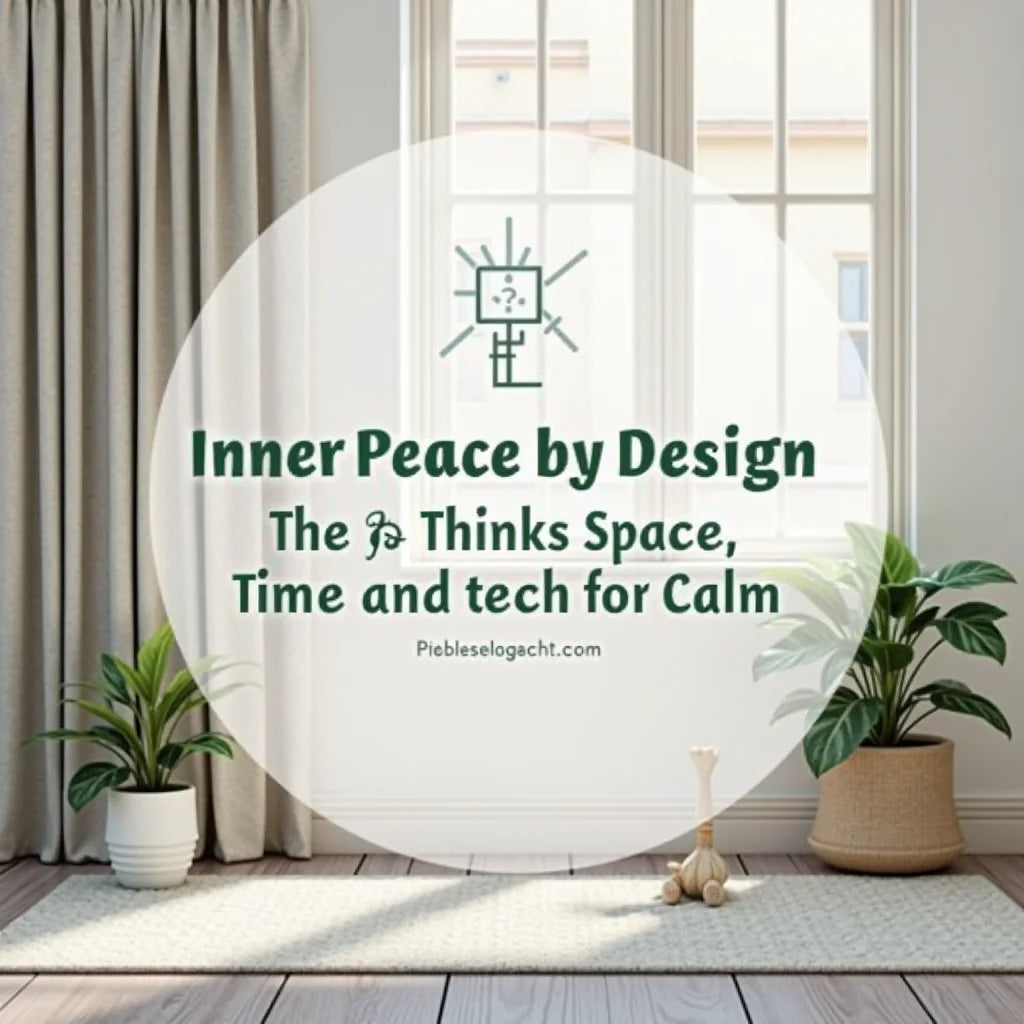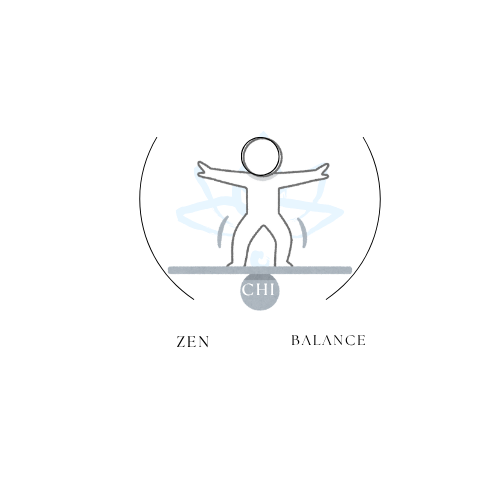
Inner Peace by Design Rethink Space Time and Tech for Calm
Aktie
Updated on: 2025-10-26
- Finding inner peace with gentle, practical steps
- Common mistakes that disrupt inner peace
- Buyer’s checklist for inner peace essentials
- FAQ on inner peace and mindfulness
- Wrap-up and final thoughts on inner peace
Inner peace can feel like a quiet, steady friend—nearby even when life gets busy. Many people look for inner calm and peace of mind through small, sustainable choices rather than drastic changes. This article offers a gentle path forward, highlighting mindfulness and meditation as supportive practices without requiring strict routines. Along the way, we will note common missteps, share daily habits for inner peace and calm, and provide a buyer’s checklist you can adapt to your own preferences. If you are wondering how to find inner peace and happiness without overwhelm, you may find that simple, kind steps add up over time.
Common mistakes that disrupt inner peace
It is natural to try many approaches when you are seeking inner peace. The following common mistakes tend to make the process harder than it needs to be. Noticing them often brings immediate relief.
Perfectionism instead of gentle progress
Expecting every day to be calm can create pressure that blocks inner peace. A kinder approach is to invite small improvements and notice steady progress, even when it feels subtle.
Multitasking and constant notifications
Persistent alerts and multitasking pull attention away from the present. Quieting non-essential notifications during short windows can support mindfulness and help peace of mind feel more accessible.
Skipping simple breath and body pauses
When the day gets crowded, brief pauses are often the first habit to go. A few slow breaths, a soft shoulder roll, or a short stretch can restore inner calm in moments.
Treating meditation as a quick fix
Meditation can be a gentle anchor, yet it is not a switch that instantly changes everything. Consistency, patience, and a light touch tend to make the practice calmer and more enjoyable.
- Comparing your journey to others: Inner peace is personal; comparison can cloud your view of what is working.
- All-or-nothing thinking: Five mindful minutes are still helpful. Small steps are valid steps.
- Ignoring environment: Cluttered spaces and harsh lighting may unsettle the mind; small tidying actions or softer light can help.
- Overloading goals: Too many changes at once can feel heavy. Gentle pacing often supports peace of mind.
Buyer’s checklist for inner peace essentials
Some people like simple tools that remind them to pause and breathe. Others prefer free options such as a notebook, a timer, or a quiet corner. If you choose to explore supportive items, this buyer’s checklist may help you assess what fits your life without pressure.
- Comfort first: Choose items that feel soothing to your senses—soft textures, calm colors, and gentle sounds.
- Ease of use: Favor tools that are simple to start, easy to maintain, and quick to tidy away.
- Space fit: Select sizes that suit your space. A small home may benefit from compact or multi-use options.
- Sustainable pace: Consider one item at a time to avoid clutter and decision fatigue.
- Alignment with values: Choose tools that support mindfulness, presence, and kindness toward yourself.
- Support for routines: Pick items that naturally encourage daily habits for inner peace and calm—such as a gentle timer or a journal.
For more gentle ideas and reflections that support mindful living, you may find inspiration on the Blog. If you prefer to explore a broader selection of calming resources, the Collections page may be helpful.
Daily habits for inner peace and calm: a simple routine
This short routine is designed to be flexible. You can adjust the timing and order to meet your needs. Even one or two steps can be enough on busy days.
- Begin with three gentle breaths: Inhale slowly, exhale softly, and notice how the body responds.
- Open the day with intention: Choose a simple phrase such as “I will move with care” to guide your attention.
- Take a mindful movement break: A stroll, light stretching, or a few mindful steps can refresh inner calm.
- Use a two-minute check-in: Pause midday to scan for tension in the jaw, shoulders, and hands. Soften where possible.
- Practice a quiet minute: Sit in silence or focus on a sound for sixty seconds to reset attention.
- Close the day with reflection: Note one thing you appreciate and one gentle action for tomorrow.
If you enjoy starting small and building gradually, you might appreciate browsing the Home page for calm-focused resources and ideas.
How to choose supportive tools with care
When exploring mindfulness and meditation tools, it can feel reassuring to reflect on what you truly need. The following points may help:
- Purpose: Clarify how the item supports inner peace—breath awareness, gentle movement, or quiet focus.
- Sensory response: Notice how colors, textures, and sounds influence your mood.
- Maintenance: Favor options that are easy to clean, store, or charge.
- Durability: Aim for well-made items that remain helpful over time.
- Budget and value: Invest at a pace that feels comfortable and sustainable.
- Community and learning: If guidance matters to you, look for clear instructions, simple tips, or supportive articles such as those on the About page.
FAQ on inner peace and mindfulness
How can I achieve inner peace?
Many people find inner peace by combining small, consistent habits with a kind mindset. Short moments of mindfulness, gentle breathwork, and simple reflection can help. It may be useful to focus on what feels supportive rather than trying to do everything at once. Allow your approach to be flexible, and celebrate small signs of inner calm as you notice them.
What practices help maintain inner peace during stressful times?
During tense moments, brief, reliable practices can be helpful. Try a two-minute pause to breathe and soften the shoulders, a short walk to reset attention, or a single, calming phrase to steady your focus. A consistent wind-down routine in the evening can also create space for peace of mind to settle.
How long might it take to feel more inner calm?
Timelines vary. Some people notice a sense of steadiness after a few short practices, while others feel shifts more gradually. Kind consistency is often enough. Trust that small, regular steps can build a lasting foundation for inner peace over time.
Is meditation required to experience peace of mind?
Meditation is one supportive path, not the only one. Many people find inner peace through mindful walking, journaling, simple breath awareness, or quiet moments with a cup of tea. If sitting practice suits you, you can begin with a few minutes. If it does not, choose any gentle activity that anchors your attention in the present.
Wrap-up and final thoughts on inner peace
Inner peace often grows through small, steady choices. Gentle breath, mindful pauses, and simple routines make a friendly base. When you add supportive tools with care and avoid common mistakes, peace of mind becomes easier to access in daily life. There is no rush; a light, patient approach nurtures inner calm and helps it remain present, even when life becomes busy. If you would like to explore more mindful resources, you are welcome to visit the Blog again or browse the Collections whenever you wish.

I'm a passionate curator at Zen Chi Balance, dedicated to spreading calm, harmony, and mindful living through faith-inspired lifestyle products. I help craft meaningful experiences for our global community of mindful shoppers.
The content provided is for informational and inspirational purposes only. It is intended to encourage personal growth, mindfulness, and balance in daily life. Zen Chi Balance does not provide medical, legal, or professional advice. For specific concerns or guidance, please consult a qualified professional. Visit us at www.zenchibalance.com for more inspiration and resources.
